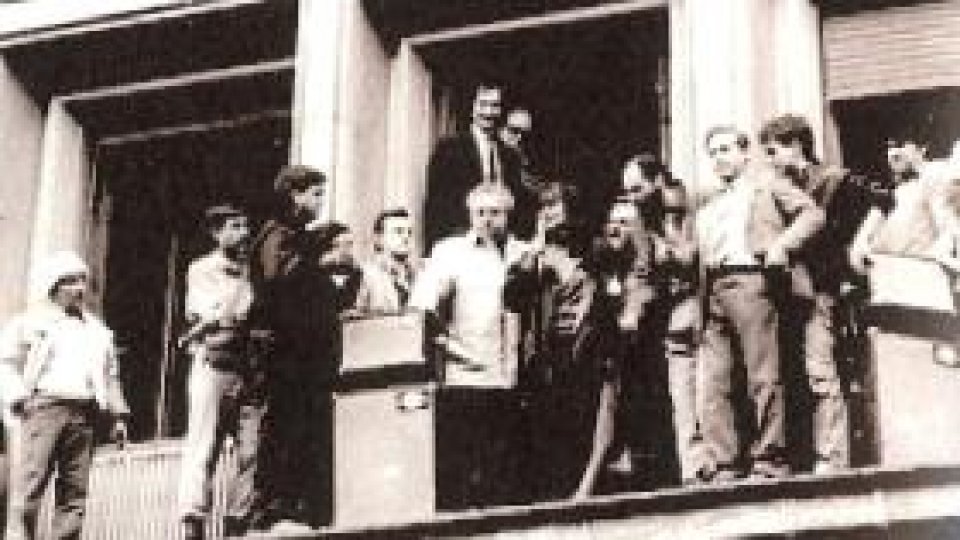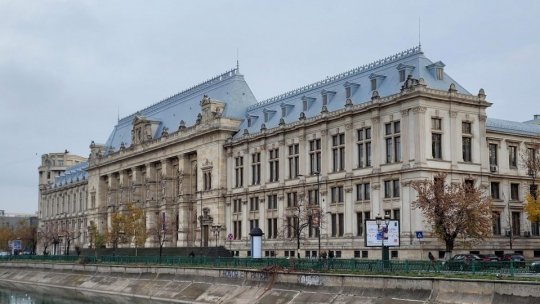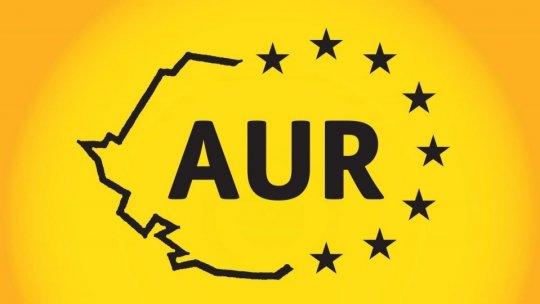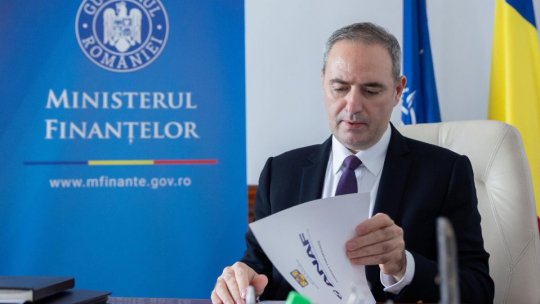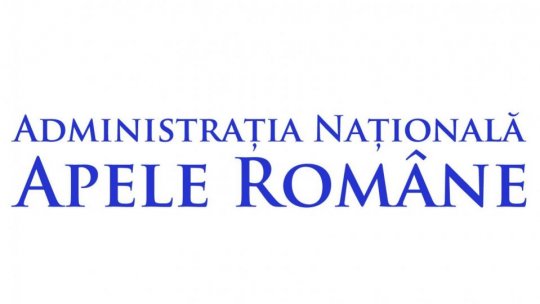1989 Romanian Revolution broadcast by Radio
21 and 22 December 1989 marked the beginning of the Revolution of public radio broadcasts. Ceauşescu’s decrees were replaced by revolutionaries’ statements.
Articol de Florin Matei, 20 Aprilie 2011, 10:33
21 December 1989, a day of change for the Romanian Radio Broadcasting Company which was addressing to Romanian listeners, started with the usual broadcasting programme, for the time being, that didn’t skip neither references to “the great foundations of the Golden Age” nor the messages that Nicolae Ceauşescu had transmitted to his people.
After urging facts in Bucharest and all over the country, the programme was being modified on the fly.
At 9.40 A.M., on Programme 2, the broadcast “Respect for the Age of Socialism” (see photo down page – excerpt from the book of Programme 2) was replaced by a symphonic music programme.
 The folk music programme appreciated by the presidential spouses, Nicolae and Elena Ceauşescu, was replaced by another music programme.
The folk music programme appreciated by the presidential spouses, Nicolae and Elena Ceauşescu, was replaced by another music programme.
At 12.00 A.M. broadcasts on Programmes 1, 2 and 3 merged into one in order to transmit information about “workers’ meeting’ that took place in front of the Place Square.
 The transmission was the same with that on television (see photo on the left – broadcast control on Programme 2)
The transmission was the same with that on television (see photo on the left – broadcast control on Programme 2)
That day, the broadcasts dedicated to the “prized leaders” were replaced by music programmes.
Due to censure, radio hosts couldn’t reveal the truth about what was happening because there was the risk of the Ceauşescu regime not be toppled and appear sanctions or persecutions.
22 December was the day when The Romanian Radio Broadcasting Company transmitted revolutionaries several frank information.
The first newsletter of the day, broadcast at 6 A.M., transmitted widely what had happened during the meeting of the Political Executive Committee, PCR (the Romanian Communist Party), that took place on 21st December when president Nicolae Ceauşescu announced that he would increase minimum wage, children’s monthly allowance, minimum pension and survivor’s benefits and social support; moreover, he said he would also grant birth indemnities for all women. (Audio)
There didn’t lack any patriotic songs during the transmission.
From time to time, music programmes were interrupted with appeals to people to calm down.
Furthermore, newsletters included also some information about the exceeded production acquired during “working in the name of the country’s boom”.
Beside the announcements that the president Nicolae Ceauşescu made, the radio also transmitted revolutionaries’ messages. .
.
Radio Romania transmitted information about president’s decree regarding the imposition of state of emergency all over the country (see photo on the right – transcription of the programme)
On 22 December, revolutionaries got into the broadcasting studio from where they spoke live as they were full of hope and excitement (see photo below).
 General Technical Control membership, the last link with broadcasters, was under pressure so the broadcasting was signed off throughout the country.
General Technical Control membership, the last link with broadcasters, was under pressure so the broadcasting was signed off throughout the country.
Puşa Roth, Radio Romania’s host, published in the book Timpul care a învins teama by Ioana Cristea the testimonies of some employees from the General Technical Control membership who remember about the influence exerted by some managers who had decided to replace the programme that was working by means of heterodyne, a very annoying 100Hz signal.
However, the transmission was not interrupted and revolutionaries’ voices continued to be heard from the cabin 31 as all the programmes merged into one, the Actualităţi signal.
Revolutionaries had repeatedly requested people to come and defend the Radio from ‘terrorists’ attack’.
Revolutionaries had repeatedly requested people to come and defend the Radio from ‘terrorists’ attack’.
Moreover, spokesmen had repeatedly appealed for calm and reason and asked servicemen to get back to their barracks and stop shooting people as their superiors had.
National Salvation Front (NSF), recently turned into a state governing body, transmitted information related to its working programme and to its membership led by Ion Iliescu.
Not only listeners but also so called Local Democratic Committees that had been established throughout the country (see photo below with documents provide by Radio’s archive) sent many letters on the Radio Romania’s address supporting the NSF.
During the turmoil caused by fear and power inanity, begun to transmit discrepant information related to the undertakings of some terrorists. There also appeared some rumors about that water in Timişoara and Sibiu could have been poisoned.
As a consequence, there was said that the car which spouses Ceauşescu had run with had been seen in Dâmboviţa County.
Subsequently, the Radio announced that both Nicolae and Elena Ceauşescu had been caught.
Public and television broadcasting merged into one and transmitted as many events as possible.
n addition, one of the aforementioned events was the meeting of thousand of people gathered in front of the Palace Square as they were happy due to having got rid of the totalitarian regime they had borne for many decades. There remains a famous refrain: “Ole! Ole! Ceauşescu is no more!”
Revolution days brought a radical change for the Public Radio Broadcasts.
 Changes did not skip any tragic events.
Changes did not skip any tragic events.
Those days, the Radio Company was fired on and many editors were injured.
There were many employees who couldn’t go home for days, for fear of not being shot.
That time, many heroes paid with their own lives for defending The Romanian Radio Broadcasting Company which turned into the Free Romanian Radio Broadcasting Company (see photo from Radio’s archive).
The events were widely made public. The Romanian Revolution was broadcast live both on Radio Romania’s programmes and on abroad television programmes.
The Revolution was taken into consideration by many states’ spokesmen who sent many congratulatory messages and announced that they were supporting Romanian people.
Material provided by Radio Romania’s archive and music library.
Translated by: Cristina Anamaria Maricescu
MA Student, MTTLC, Bucharest University

